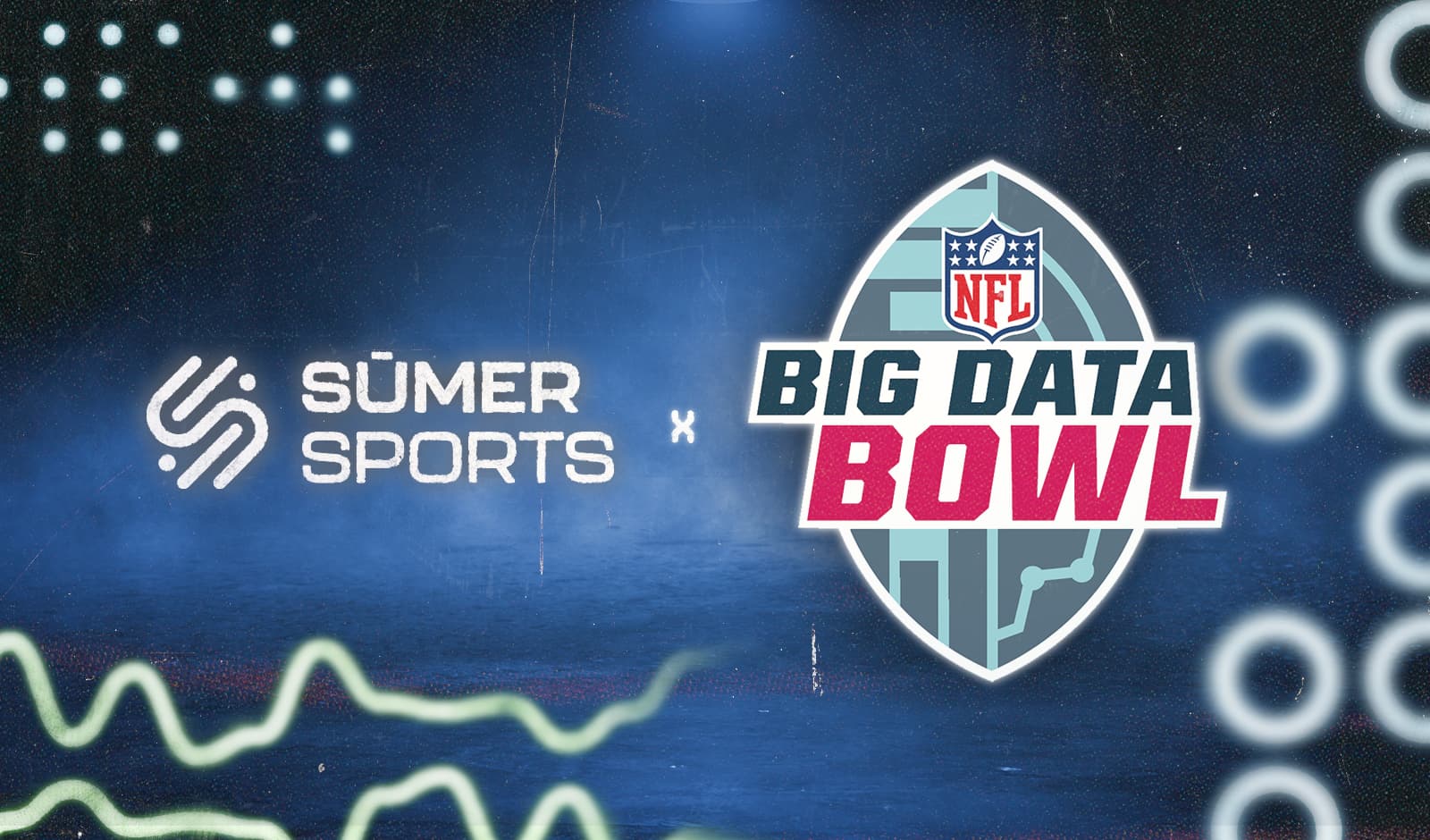Last Updated: October 15, 2025
Since launching SūmerBrain, one question has come up again and again: Where does its data come from? Fair question. The short answer: it’s ours.
Every route, coverage, front, and outcome you see in SūmerBrain is generated in-house by a deep learning model built on raw football tracking data.
SūmerBrain doesn't just use data, it understands it and here's how.
From Dots to Decisions
At its core, our model uses a transformer architecture, the same class of neural networks behind large language models, but trained to read football.
Instead of words, it processes the spatial and temporal coordinates of players and the ball. Its job isn’t to predict the next sentence, but to predict what actually happened on the field: who lined up where, what coverage was called, who pressured the quarterback, who was targeted, and what the result was.
It learns primarily from the movement, trained on vast amounts of player and ball tracking data, complemented by licensed reference labels that give it structure and orientation. The model is anchored by a smaller set of gold-standard examples collected by our internal football experts to keep definitions aligned and evaluation grounded.
On every snap, it currently charts about 50 distinct data points, including formation, motion, route concepts, and outcomes. That number will keep growing as the model learns. Each new iteration adds more context and more football-specific detail, refining how it sees the game.
The underlying charting is fully generated in-house, powered by our deep learning model and built on licensed tracking data that we’re authorized to use for consumer products. Certain situational details, such as down, distance, and clock, come from the same licensed feed to ensure contextual accuracy around each play.
None of this is scraped from public data. It is generated and structured directly from the movement of the players.
Built for Consistency and Scale
Traditional charting is manual. Analysts or third-party vendors watch the film, make educated guesses, and tag each play. That process can be slow, subjective, and expensive. It rarely scales to every play of every season.
Sūmer’s model changes that. Because the charting is machine-generated, it is instantly repeatable. Every play is tagged using the same definitions and logic, ensuring consistency across games, teams, and seasons. When we improve the model, we can backfill those improvements across all historical data. That kind of consistency is nearly impossible in human-only workflows.
Expert-Validated and Evolving
Our internal football experts, with more than 700 years of combined NFL experience across scouting, coaching, and front offices, review and validate what the model sees. Their process is simple but demanding. They watch hundreds of plays, chart what their trained eyes see, and record those notes independently. They are blind from model results. Only when our experts agree with our model at least as often as they agree with each other does the data make it into SūmerBrain.
That process builds a feedback loop grounded in real tape and football expertise. It teaches the model to see the game the same way seasoned evaluators do, while retaining the consistency and scale only machine learning can deliver.
This is how SūmerBrain earns trust. It's not through claims, but through constant testing and improvement. And this is just the beginning. Each update will add more detail, more dimensions, and more ways to explore the game, all built on this proprietary, objective charting foundation.
Why It Matters
When you ask SūmerBrain a question about pressure rates, route efficiency, or situational tendencies, the answer does not come from a scraped web page or a crowd-sourced stat.
It comes from a model that has watched every play, quantified what happened, and learned football the way football people think about it.
That is the backbone of SūmerBrain.
It is not just AI. It is football, charted from the ground up.



.jpg&w=3840&q=75)
